Content from the Brookings Institution India Center is now archived. After seven years of an impactful partnership, as of September 11, 2020, Brookings India is now the Centre for Social and Economic Progress, an independent public policy institution based in India.
This article first appeared in The Indian Express. The views are of the author(s).
As is now well known, President Donald Trump has fulfilled his promise to pull the US out of the Paris climate agreement. This “Trexit” had all the hallmarks of a scorched earth strategy. Trump bashed not only the agreement, calling it “less about the climate and more about other countries gaining a financial advantage”, he also singled out China and India as free-riders and the main advantage-seekers. Paris gives China licence to “build hundreds of additional coal plants” while India can “double its coal production by 2020”, he said. “We can’t build the plants, but they can, according to this agreement.” Trump also took a second swing at India by pulling out of a special fund set up by developed nations as part of the Paris agreement to finance investments in renewable energy by developing nations.
All this makes for an awkward prelude to Prime Minister Narendra Modi’s visit to Washington — a pity, since the two headstrong heads of state have a lot in common. Diplomacy may demand that the climate kerfuffle be kept off the agenda. In the unlikely event that it does come up, though, here is a cheat sheet for the PM. First, Modi should understand the climate issue — that hoax “created by and for the Chinese” — the way Trump sees it. In the Trumpian worldview, there are two competing narratives: There is Paris, and all the effete things it stands for and then there is Coal Country, where men are men, and these men voted Trump into the presidency. The fact that there wasn’t a chorus line of cheering coal miners behind the president as he announced pulling the plug on Paris must have been an oversight on the part of some incompetent White House staffer.
Second, Modi has picked up a climate superhero swagger in his recent trip to Europe; he may need to keep that in check. It wouldn’t be politic to remind Trump about the fact that the US now joins a select club of Paris-boycotters, notably Syria and Nicaragua, and abandons another select club, that of Paris-beaters, notably China and India. The latter countries are poised to beat their own Paris emissions goals: China’s coal use has dropped for three years running and it has cancelled plans for a hundred new coal-fired plants; India’s proposed electricity plan could cover 57 per cent of its energy needs by renewables in 10 years. Third, Modi should know that beating Paris would not impress his Washington host. Trump would say that both China and India are projected to exceed their goals because their goals were too easy. Moreover, his biggest quarrel is with the idea that China and India can increase their emissions, while the US is expected to decrease emissions en route to the Paris agreement target date of 2030.
What kind of a game is this, Trump might ask, where each player has wildly different goals? China’s goal was set at hitting peak emissions by 2030. India’s goals were to simply lower the emissions intensity of its GDP by 33-35 per cent below 2005 levels by 2030. The goals for the US, meanwhile, were to cut its greenhouse gas emissions by 26-28 per cent below its 2005 level in 2025. Without question, America was set the toughest goal of making cuts from its peak level in 2005, while the others increase emissions. A RIGGED GAME, Trump might remind everyone on Twitter.
Fourth, Modi should know what the Chinese would have said if they were the ones invited to the White House. They would counter that the US has had its chance to get rich and emit with abandon. China is a late entrant and only recently has it taken on the mantle from the US of being the world’s top emitter of CO2. Over the period 1850-2011, the US accounted for 27 per cent of all CO2 emitted, while China accounted for just 11 per cent. Despite its fast economic rise, China still has the equivalent of the entire US population to lift out of poverty. When you are not yet rich, economic growth leads to emissions especially since coal is cheap.
Fifth, Modi might remind Trump that whatever his quarrels with China may be, India should not be tarred by the same brush. Nominally, India is the third-largest emitter after China and the US, but India’s emissions are not in the same league. Over 1850-2011, India’s contributions add up to only 3 per cent. The average American emits more than eight times the average Indian, while the average Chinese emits four times more than the average Indian. India is a poor country experiencing high growth; it has a long way to go before it can be expected to cut emissions.
Sixth, given the differences in the circumstances of the three countries, Modi might need some benchmarks for a fair way to play the game and set climate goals. If he even gets to the unlikely juncture where Trump acknowledges that goals should be different, Modi might need to come armed with third-party referees to keep track of fairness. According to Climate Action Tracker, an independent scientific assessment of the pledges made by all three, the US, China and India, are rated “medium” on a scale that ranges from inadequate to sufficient (there is an extreme rating of “role model” that no country satisfies). That was before the US pulled out of Paris.
Modi ought to feel a tiny bit emboldened to take on the task of educating an uneducable man with the knowledge that India is more than fulfilling its pledge. The “medium” grade that India earned would, in all likelihood, be upgraded to a “sufficient” if India’s many post-Paris policy advances were factored in: Plans to achieve 175 GW of renewable power capacity by 2022; an, albeit overly, ambitious plan to turn all new cars into electric vehicles by 2030; the UJALA scheme, under which 238 million LED bulbs have already been distributed nationwide, etc.
Alas, Trump may write off all the fancy climate math as fake news. Climate may not even make the agenda. It may just be smiles, handshakes and the Modi bear-hug. Given the barrage of investigations into his links with Russia and possible obstruction of justice, Trump desperately needs all three these days; though I would skip the bear hug — the man is a germaphobe. The talks may remain limited to the predictable: H-1B visas, trade and an invitation for Trump to visit his properties in Mumbai.
Too bad. If Modi were to add this red-hot topic to the agenda, he could, indeed, return with a legitimate climate superhero swagger. A scorched earth is in no one’s interest — even American coal miners will lose in the end.

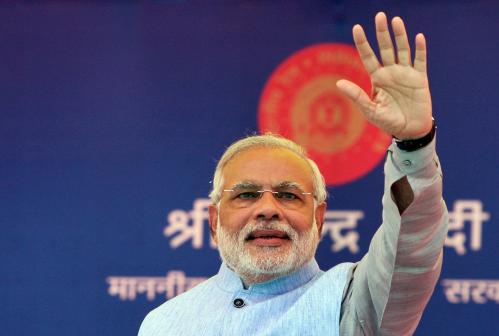
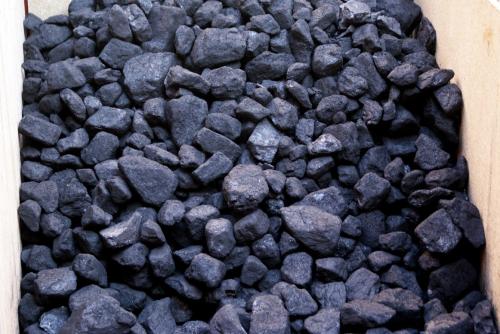
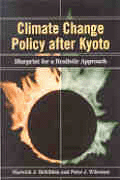


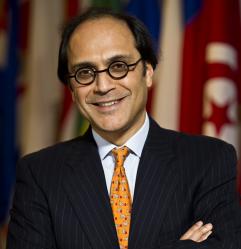
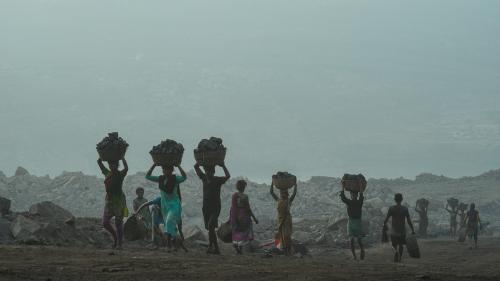

Commentary
Op-edIf Trump, Modi talk climate
June 22, 2017